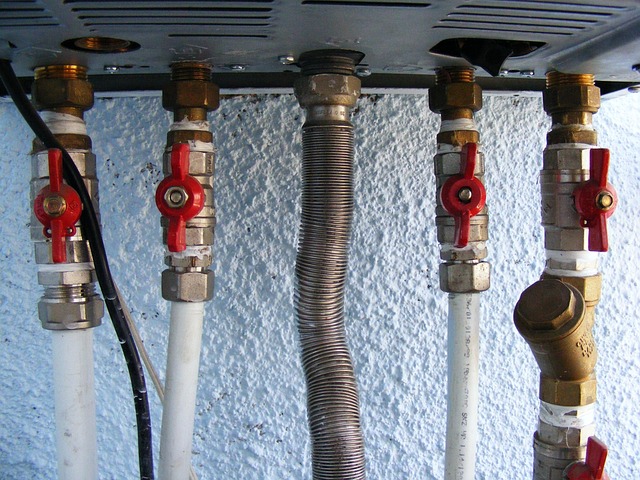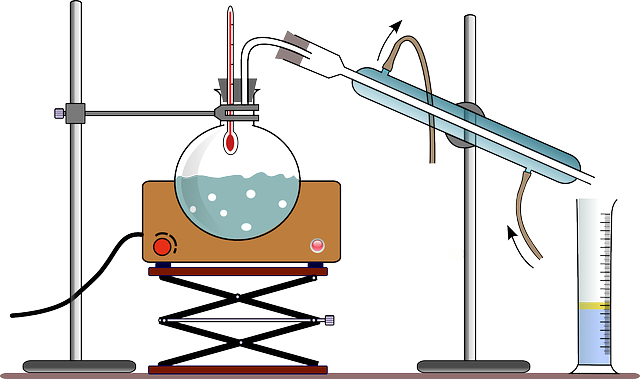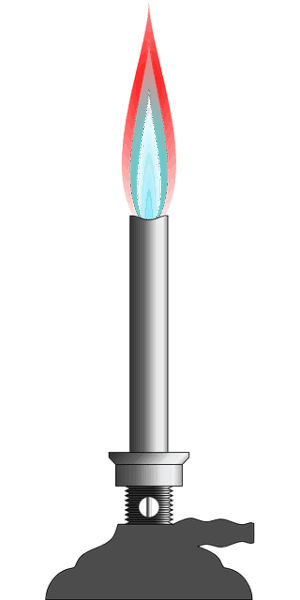Commercial air curtain heaters are advanced climate control solutions for retail, warehouses, and industrial facilities, offering even heat distribution while minimizing energy loss compared to traditional methods. Knowledge graphs streamline information access, providing detailed insights into product features like heating performance and energy efficiency. These graphs facilitate informed purchasing decisions for door heating systems, including compatibility with industrial air barriers. By standardizing data extraction techniques, leveraging machine learning models, and integrating with databases, accuracy in selecting suitable heaters can be significantly improved. Optimized search functionality enhances user experience, enabling businesses to quickly find energy-efficient heated air curtains for entrance climate control, reducing costs and enhancing comfort in large commercial spaces.
“Unraveling the complexities of commercial air curtain heaters’ compatibility requirements? This comprehensive guide delves into the power of knowledge graphs for efficient product information retrieval. By utilizing these advanced semantic networks, we explore how queries can extract critical compatibility details for these specialized heating systems.
From understanding the technology to optimizing user experiences, this article covers everything—from techniques and challenges to real-world case studies—to provide a thorough insight into enhancing commercial air curtain heater searches.”
- Understanding Commercial Air Curtain Heaters: A Comprehensive Overview
- The Role of Knowledge Graphs in Product Information Retrieval
- Extracting Compatibility Details: Techniques and Challenges
- Optimizing Search for Heater Users: User Experience and Efficiency
- Case Studies: Real-world Applications of Knowledge Graph Queries
Understanding Commercial Air Curtain Heaters: A Comprehensive Overview

Commercial air curtain heaters are specialized heating solutions designed to optimize the environment at various commercial entry points, such as doors and warehouse entrances. This technology utilizes powerful air currents to distribute heat evenly, ensuring a comfortable and energy-efficient climate control system. By integrating advanced air curtain technology with heating elements, these devices create a protective barrier against external weather conditions while providing targeted warmth.
These heaters are particularly effective in retail stores, warehouses, and industrial spaces where maintaining optimal temperatures is essential. The air curtain technology not only prevents cold drafts from entering but also minimizes the loss of heated air, making them energy-efficient door heating systems. Commercial entrance heating solutions like these contribute to enhanced comfort for occupants and can significantly reduce energy costs associated with traditional heating methods in large commercial spaces.
The Role of Knowledge Graphs in Product Information Retrieval

Knowledge Graphs play a pivotal role in revolutionizing product information retrieval, especially for complex items like commercial air curtain heaters. By organizing and interconnecting data from various sources, Knowledge Graphs enable users to find precise details about specific products, including their compatibility with other systems. For instance, when searching for a suitable commercial air curtain heater, a well-structured Knowledge Graph can instantly provide insights into its heating capabilities, energy efficiency, and compatibility with different entrance types, such as industrial air barriers or warehouse entrance heating.
This technology ensures that users, from retail store managers to warehouse operators, can make informed decisions when selecting commercial door heaters or air curtain technology for their establishments. By leveraging the interconnectedness of data, Knowledge Graphs offer a comprehensive view of product attributes, ultimately enhancing user experience and streamlining the purchasing process for door heating systems while prioritizing entrance climate control.
Extracting Compatibility Details: Techniques and Challenges

Extracting compatibility details for commercial air curtain heaters involves a blend of structured data extraction and natural language processing techniques. With diverse product specifications and user manuals, automating this process requires sophisticated algorithms capable of understanding complex descriptions. Challenges arise from inconsistent formatting, varied terminologies used across manufacturers, and nuanced requirements specific to different applications like warehouse entrance heating or retail store heating.
Overcoming these obstacles demands a multi-faceted approach. Standardization of data fields, leveraging air curtain technology expertise, and employing machine learning models trained on vast datasets can significantly enhance accuracy. Additionally, integrating these systems with existing commercial entrance heating databases ensures access to comprehensive information, facilitating efficient comparison and selection of suitable door heating systems, including energy-efficient options.
Optimizing Search for Heater Users: User Experience and Efficiency

Optimizing search functionality for commercial air curtain heater compatibility details significantly enhances user experience and overall efficiency. In today’s digital era, where information is readily accessible, users expect quick and accurate answers to their queries, especially when dealing with specific product requirements like heated air curtains or door heating systems. Knowledge graphs play a pivotal role in achieving this by providing structured data that not only facilitates faster search results but also offers detailed insights into various aspects of commercial entrance heating solutions.
This optimization is particularly beneficial for retail stores, warehouses, and industrial facilities where efficient climate control is paramount. By leveraging air curtain technology and energy-efficient heating solutions, businesses can create comfortable indoor environments while minimizing operational costs. For instance, heated air curtains can effectively prevent the loss of conditioned air through gaps at warehouse entrances or commercial doors, ensuring optimal temperature regulation. This not only improves user comfort but also reduces energy consumption, making it a sustainable and cost-effective choice for entrance climate control.
Case Studies: Real-world Applications of Knowledge Graph Queries

In the realm of commercial heating solutions, knowledge graph queries have proven to be a powerful tool for extracting precise compatibility details regarding commercial air curtain heaters. These real-world applications showcase how businesses are leveraging advanced data retrieval methods to optimize their climate control strategies. For instance, retailers often face the challenge of maintaining comfortable temperatures in their stores, especially during peak hours. By querying the knowledge graph, they can quickly identify the most suitable air curtain technology and door heating systems that align with their specific entrance requirements, ensuring both customer satisfaction and energy efficiency.
Another notable case involves warehouse operators seeking to implement commercial entrance heating solutions. Using knowledge graph queries, they can efficiently filter through various industrial air barriers and heated air curtains options based on criteria such as door size, material, and desired heat output. This streamlined process allows for swift decision-making, enabling businesses to invest in effective energy efficient heating systems tailored to their warehouse entrance climate control needs.
Commercial air curtain heaters are a versatile solution for temperature control, but navigating their compatibility across various models can be complex. Knowledge graphs emerge as a powerful tool to streamline this process, offering efficient and accurate retrieval of product specifications, including heater compatibility. By employing advanced query techniques, these graphs enhance user experiences, enabling quick decisions when selecting suitable heaters for specific applications. Through real-world case studies, it’s evident that knowledge graph queries are revolutionizing how we access and understand commercial air curtain heater compatibility details, ultimately fostering a more informed and efficient marketplace.






